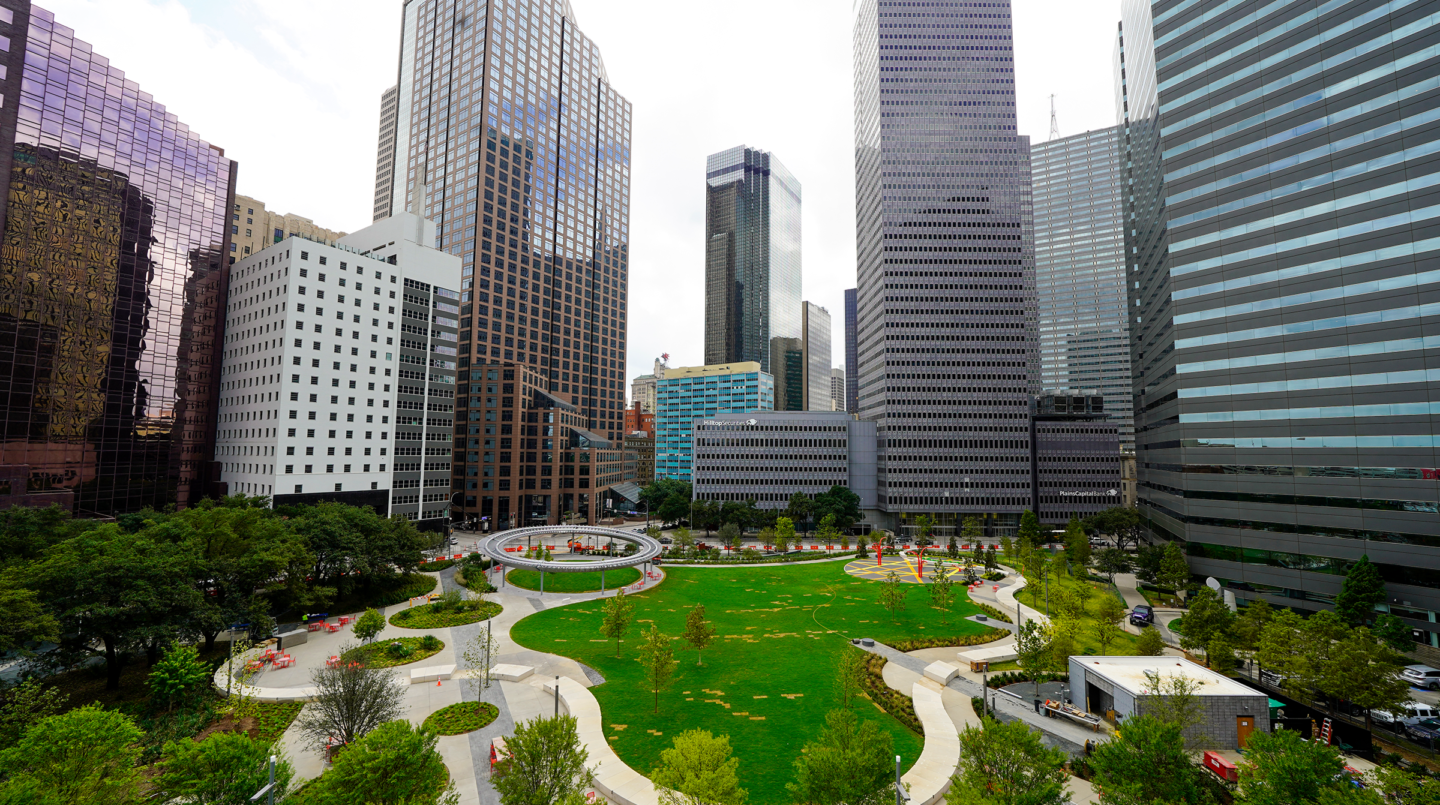As we wrote about earlier this year, there is much economic opportunity inside Dallas’ pedestrian-friendly spaces. A recent study of Dallas-Fort Worth’s 38 most walkable neighborhoods found that they accounted for 12 percent of the gross regional product while taking up just .12 of one percent of the region’s land mass.
They’re efficient money drivers, but a new study says they can also fuel something even more valuable to a community. According to the American Psychologist, kids who grow up in walkable neighborhoods have higher levels of upward economic mobility—that is, they’re more likely to move out of a bad economic reality and into a better one. That’s an area where Dallas needs help.
To get to that conclusion, psychologists paired WalkScores with economic mobility data, looking specifically at Americans born between 1980 and 1982. And if your wheels are turning about all the other factors that could come into play—how schools might be better in a walkable neighborhood, for instance—the researchers have accounted for such things. They’ve examined walkability in light of school quality, income inequality, race, social capital, and the share of families with single parents. Walkable neighborhoods produce economic mobility above and beyond those factors alone. The study also accounts for higher incomes and health factors, as CityLab’s Richard Florida summarizes (quoting the study):
As they write: “The more walkable an area is (as indexed by Walkscore.com), the more likely Americans whose parents were in the lowest income quintile are to have reached the highest income quintile by their 30s. This relationship holds above and beyond factors previously used to explain upward mobility, factors such as income inequality and social capital, and is robust to various political, economic, and demographic controls; to alternate specifications of upward mobility; and to potentially unspecified third variables.”
Or simply put, children who grow up in walkable communities fare better economically, controlling for a wide range of economic factors as well as the related characteristics of those neighborhoods.
Dallas, it should be noted, does not fair very well at WalkScore. Some 70 or so cities do better, including most of the ones in our population realm. The city’s challenge will be improving walkability without pricing out populations that stand to benefit, as this study goes to show.





